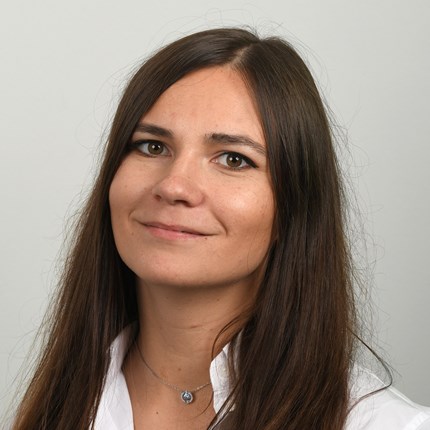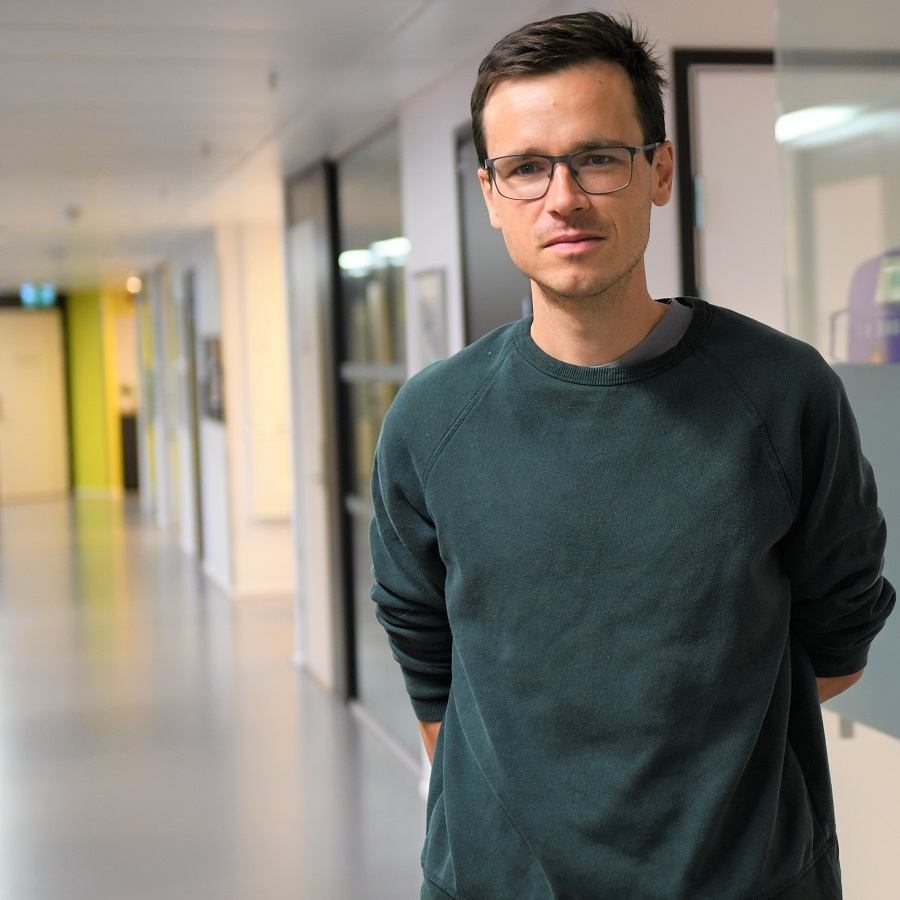
Are banks any more secure today than they were in 2008?
Financial researcher Elizaveta Sizova is not convinced that banks are in a better position today than they were in 2008. That’s when the big international banks collapsed like a house of cards.
Most people remember or have heard about the financial crisis in 2008, when the financial market crashed, credit dried up, millions of jobs were lost, and people lost their incomes and homes.
Elizaveta Sizova is a financial researcher at NHH. She has been researching what ought to be done to avoid a new financial crises.

Concealing risks
To avoid future financial crises, Sizova believes it’s important to know whether current rules are adequate for revealing how the banks are really faring.
‘You might imagine that everything is better now than before the financial crisis, but is it just that we perceive banks as more secure than they actually are? Despite the many reforms since the financial crisis, banks can still use tricks to hide their risks,’ she says.
According to the financial researcher, we first have to understand the concept and importance of bank capital before we can understand the risks associated with banking.
What’s the solution?
‘Let's say that a bank receives 100 euros from a customer, then lends that money to another customer and makes money on the difference in interest. What happens if the customer who borrowed the 100 euros is unable to repay the loan? Then the bank will be unable to pay the money to the first customer, so defaults on its obligation. What’s the solution? Well, the bank needs to have its own capital buffer to cover possible losses from customers who fail to pay.’

Yet banks have incentives to use as little as possible of their own capital to protect themselves against the financial risks. At the same time, there are both national and international rules designed to regulate the banks' own capital in accordance with the risks the bank takes on.
‘You can think of the banks' capital as the shareholders' money, and shareholders would rather not spend their money on covering losses caused by customers who can’t pay. They would rather use that money for more profitable pursuits. Banks therefore need to weigh up whether they want a lower amount of capital against the higher associated risk of being penalised by the regulator.’
An optimal balance

Buying equity funds with the worst returns
In her study, Sizova has created a model to find the best possible balance between the equity banks are obliged to have and the penalty they receive for not meeting regulatory requirements. The aim of this optimal balance is to ensure that the bank' reporting is as truthful as possible.
By looking at data from banks all over the world , she found what might be a big hole in the current system.
‘My model shows that the current penalties are too lenient. Ideally, penalties should dominate the banks’ desire to have a lower amount of capital. That is not currently the case.’

The consequences of a bankruptcy
By demonstrating that the current rules are not effective in ensuring that banks have an optimal amount of capital in relation to their risk, the NHH researcher hopes to encourage change in the current approach to banking risk.
‘Hopefully, that will help us to avoid a future financial crisis.’
‘Do researchers lie awake at night worrying about the next financial crisis?’ Or in other words, how serious is the situation?’
‘You may consider it highly unlikely that we’ll experience another financial crisis, but when the financial crisis hit in 2008, that was also completely unexpected. We can never fully prepare for a financial crisis, but it’s important to have the right tools to quickly put measures in place, and I hope my research can contribute to this.’
Real consequences
The findings from Sizova’s research are presented in ‘Banks’ Next Top Model’, an article that has won reputable research awards. She says this type of research is also useful in an education setting, as students can easily draw parallels with the real world. Next semester she will start teaching master's degree students at NHH.
‘The subject I’ve researched is important because it has practical consequences in the real world. I am inspired by researching issues relevant to policy that have a high social impact. It makes for more motivating research.’
She hopes she can continue to research similar subjects, not only within the banking system, but also within other institutions that may experience similar incentive issues caused by the way their regulatory framework is formulated.